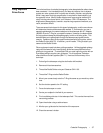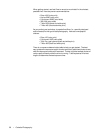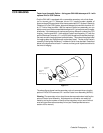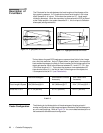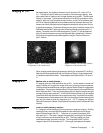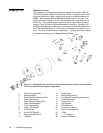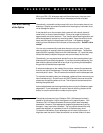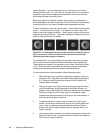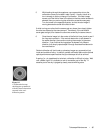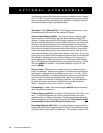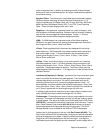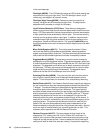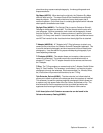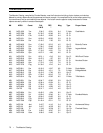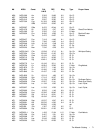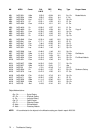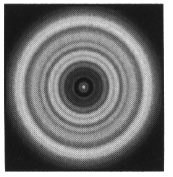
Telescope Maintenance • 65
6 Once the star image is in the center of the field of view, check to see if
the rings are concentric. If the central obstruction is still skewed in
the same direction, then continue turning the screw(s) in the same
direction. If you find that the ring pattern is skewed in a different
direction, than simply repeat steps 2 through 6 as described above for
the new direction.
Perfect collimation will yield a star or planetary image very symmetrical just
inside and outside of focus. In addition, perfect collimation delivers the optimal
optical performance specifications that your telescope is built to achieve.
If seeing (i.e., air steadiness) is turbulent, collimation is difficult to judge. Wait
until a better night if it is turbulent or aim to a steadier part of the sky. A
steadier part of the sky is judged by steady versus twinkling stars.
5 While looking through the eyepiece, use a screwdriver to turn the
collimation screw you located in step 2 and 3. Usually a tenth of a
turn is enough to notice a change in collimation. If the star image
moves out of the field of view in the direction that the central shadow is
skewed, than you are turning the collimation screw the wrong way.
Turn the screw in the opposite direction, so that the star image is
moving towards the center of the field of view.
If while turning you notice that the screws get very loose, than simply tighten
the other two screws by the same amount. Conversely, if the collimation
screw gets too tight, then loosen the other two screws by the same amount.
Figure 8-2
A collimated telescope
should appear symmetrical
with the central obstruction
centered in the star's
diffraction pattern.



